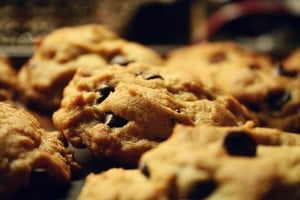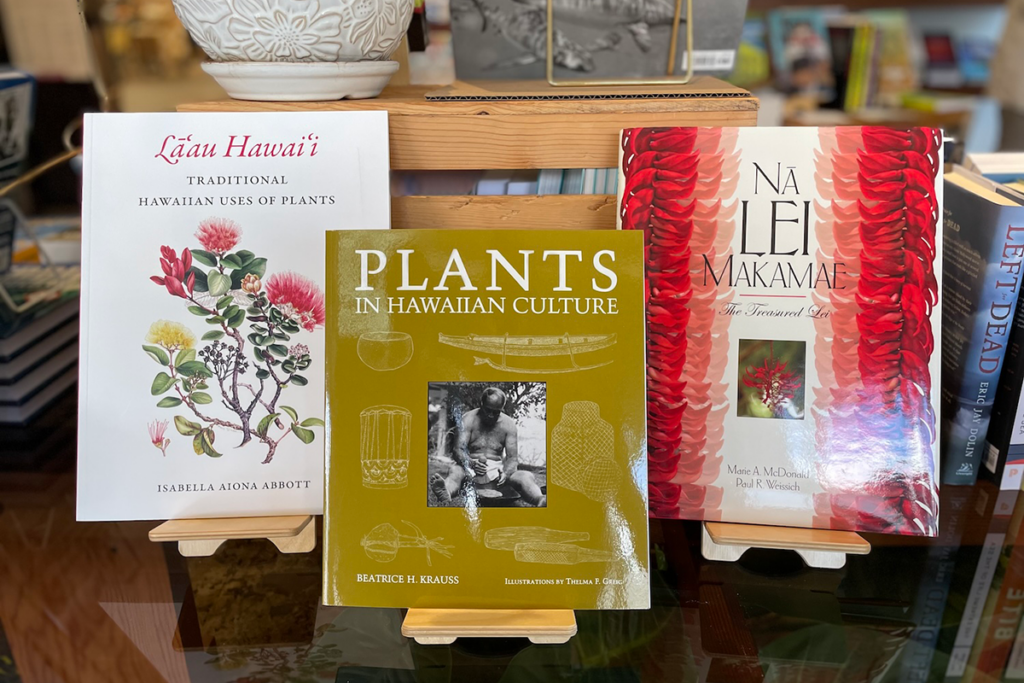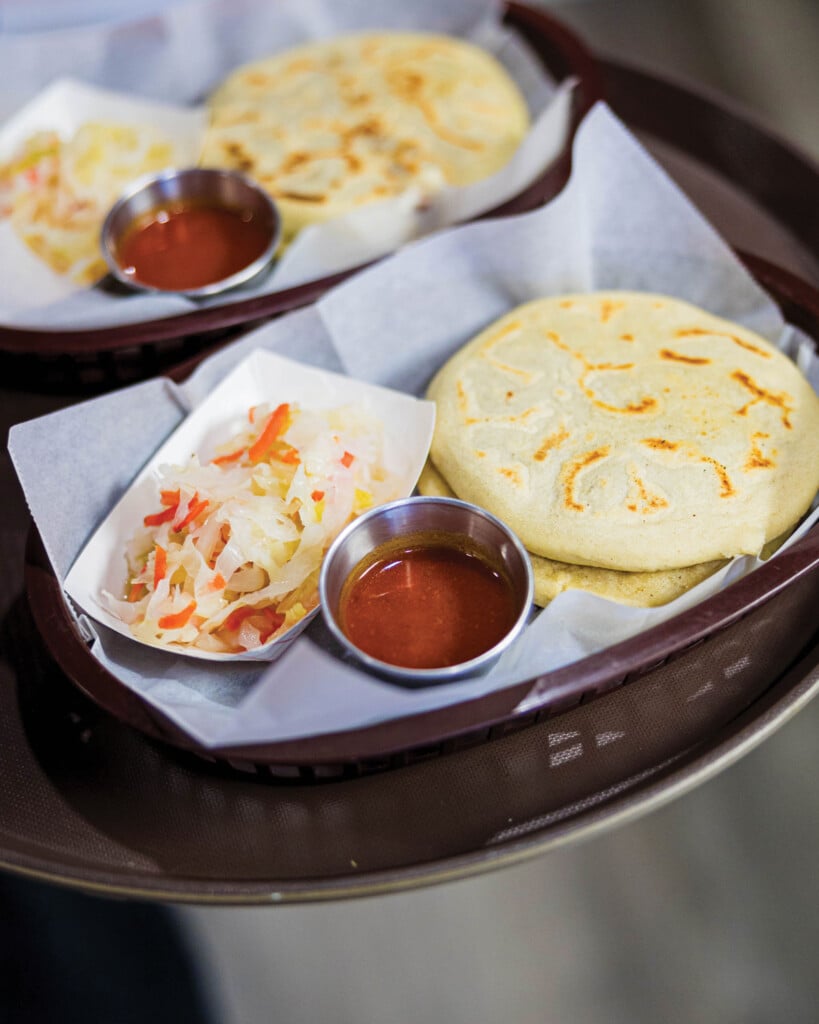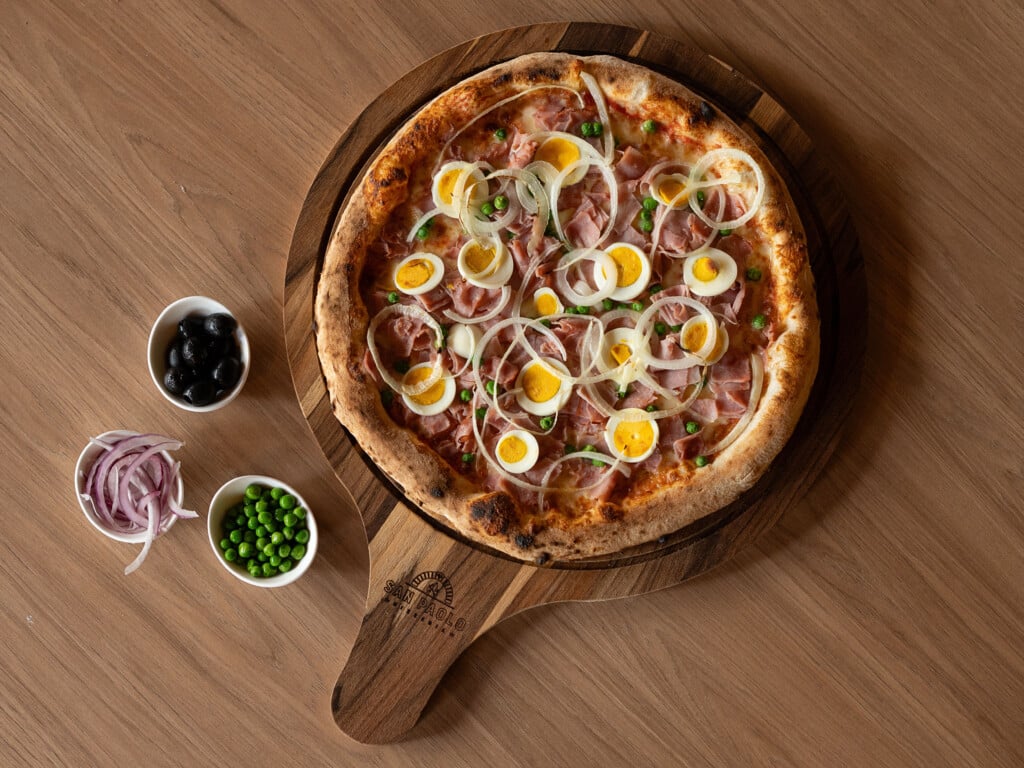Six Tips for a Better Chocolate Chip Cookie
A classic from a local baker whose chocolate chip cookies had a cult following.
Editor’s Note: Baker Ed Morita, a member of the original Frolic team, had a true passion for his craft. Among those in the know, his chocolate chip cookies were legendary, sold freshly baked and as frozen dough. HONOLULU editorial director Diane Seo was one of his best customers. Ed passed away years ago. This post is a timeless homage to him.

Photo: Ed Morita
Many chefs guard their recipes with their lives. Although it’s true that a good recipe is part of what makes great food great, I believe too much emphasis is placed on it. A lot of people forget that a recipe is just a list of ingredients. To me, the most important parts are the steps. I have notepads filled with lists of ingredients, but unless you know the procedure of how to put them together, you’re not going to get the same end product as I would.
I could give you my recipe for chocolate chip cookies, but I don’t believe that that is necessary. I honestly believe that mine is no better than the hundreds of other cookie recipes on the Internet. As I said before, it’s just a list of ingredients. Instead, I’m going to give you the key steps that cookbooks don’t tell you, so you can use any recipe to make a superior cookie.
Before I move on to my six tips for better chocolate chip cookies, I want to do a quick recap of the steps that every cookie recipe in the world uses.
- Cream butter and sugar together
- Add eggs to butter, and continue creaming
- Add dry ingredients
- Add chocolate chips
- Portion onto a baking pan and bake
Although steps vary from recipe to recipe, this is the basic procedure for any chocolate chip cookie.
Tip #1: Flavoring your flour
You’re at the store shopping for ingredients, and you reach for a bag of chopped nuts. This is me officially telling you to stop what you’re doing. Opt instead for whole nuts.
I generally prefer to leave nuts out of my cookies when at work or when making them for a large group I’m not familiar with. It’s easier to just not put nuts in the cookies than it is to make one batch with nuts, one batch without, then pray that someone with a nut allergy doesn’t eat the wrong one. However, when it comes to my personal preference, I love nuts in my chocolate chip cookies. Yet just adding nuts is not enough for me.
Using chopped nuts will not give your cookie the best flavor possible. What will maximize the flavor would be combining your dry ingredients (flour, salt, baking soda and/or baking powder depending on the recipe) with the whole nuts in a food processor.
As you pulse the food processor, several things will happen. Your salt and leavening agents will be evenly distributed throughout the mix. Any unwanted clumps of flour will be broken up, but, most importantly, oils within the nuts will come out and flavor the flour. Just don’t get carried away. You just want the nuts diced up into the same-sized pieces that you would have had you bought the chopped nuts from the store.
SEE ALSO: 5 Hawai‘i Cookies You’ll Want to Try
Tip #2: If you want a great cookie, you have to use great chocolate!
No offense to Nestlé, but using their chocolate morsels will get you an inferior cookie. If you really want a great chocolate chip cookie, you have to use good quality couverture chocolate. I use 54% semisweet chocolate when making cookies. In terms of brand, I recommend Callebaut, but the brand and percentage of chocolate should be dictated by your preference.
If you want a more intense chocolate flavor, use a higher percentage chocolate. The lower the percentage, the sweeter your cookie will be. Yes, couverture costs more than the chocolate morsels you get at the supermarket, but the end result will be well worth the extra money.
SEE ALSO: Frolic Foodie Advent Calendar: Local Kine Gifts for 25 Days of Giving
Tip #3: Chocolate dust is your friend
Although couverture morsels are readily available at most gourmet stores, refrain from using them. Instead, reach for the blocks or bars if available. At home, use a knife to chop the chocolate into small chunks, and place them in a bowl for later.
OK, now if you happen to be reading these tips while making a batch of cookies, stop what you’re doing and look down at your cutting board. You see all that chocolate dust on the cutting board? That is cookie-making gold! This is the reason why chopped chocolate gives you a vastly superior cookie over morsels.
While you were chopping that block of chocolate, you were making chocolate dust, something that you don’t get in that bag of morsels. Now, use the back of your knife, or a bench scraper if you have one, and get every bit of dust into your bowl.
The importance of chocolate dust is something you won’t find in any cookbooks, and if you find a recipe that advocates for chopping your own chocolate, it will most likely not even mention the dust. When you add chopped chocolate that is coated with dust, the dust will be absorbed into the dough, yielding a more chocolaty chocolate chip cookie without increasing the amount of chocolate you put in.
Tip #4: Don’t over-mix!
One thing that can ruin a cookie is if the dough breaks. Yes, this is possible, and I have seen it happen many times. This occurs when your dough becomes so warm that the fat in the butter separates. Unfortunately, there is no way to fix a broken dough (at least none that I know of). You can continue mixing the dough, and it will somewhat look homogeneous again, but it is too late. The dough is ruined.
When you to try and bake these cookies, you will end up with a flat, greasy, cookie, pockmarked with holes from where the butter seeped out. Oh, and chances are your cookies will be sitting in a pool of butter in the baking pan.
An easy way of preventing this from happening would be, of course, to not over-mix your dough. But how do you do that?
Oftentimes, the reason people over-mix their dough is because they think the dough has to completely come together before adding the chocolate. In fact, once you add the dry ingredients to the bowl, you shouldn’t even be running the machine. After you add your dry, simply pulse your mixer (turn it on and off so that the paddle only does a single rotation) until the dough starts to pull together. The dough should be in chunks, and there should still be some flour in the bowl.
Now is the time to add the chocolate, which leads me to my next tip.
Tip #5: Freeze your chocolate
Friction can create a surprising amount of heat in the bowl while mixing your dough. It’s high school physics, but it’s frequently something many never bother to take into account. Oftentimes, you won’t even realize how hot the bowl is until it’s too late.
To ensure the dough doesn’t get too warm, place your bowl of chopped chocolate in the freezer. The frozen chocolate will quickly chill the dough, preventing it from breaking. The coldness will also make portioning the dough easier since you won’t have to worry about the chocolate melting while you scoop the dough.
Tip #6: Rest your dough
Yes, you read it right; you have to rest your dough. I know you’ve put a lot of work into these cookies, but the payoff is within reach, so please bear with me and fight the urge to pop your cookies into the oven.
One of the most widely kept secrets of cookie baking that is constantly left out of cookbooks and recipes is the importance of resting the dough. This allows it to fully hydrate, giving you a firmer dough with the ideal amount of spread while baking. Some pastry chefs say you have to rest the dough up to 36 hours or more. Although this was standard practice at The Greenbrier Resort in West Virginia when I worked there, I have found you get the same results if you allow the dough to rest overnight.
So there you have it. Six tips that will enable you to bake chocolate chip cookies just like mine. I hope that you find these tips helpful, and happy baking!









